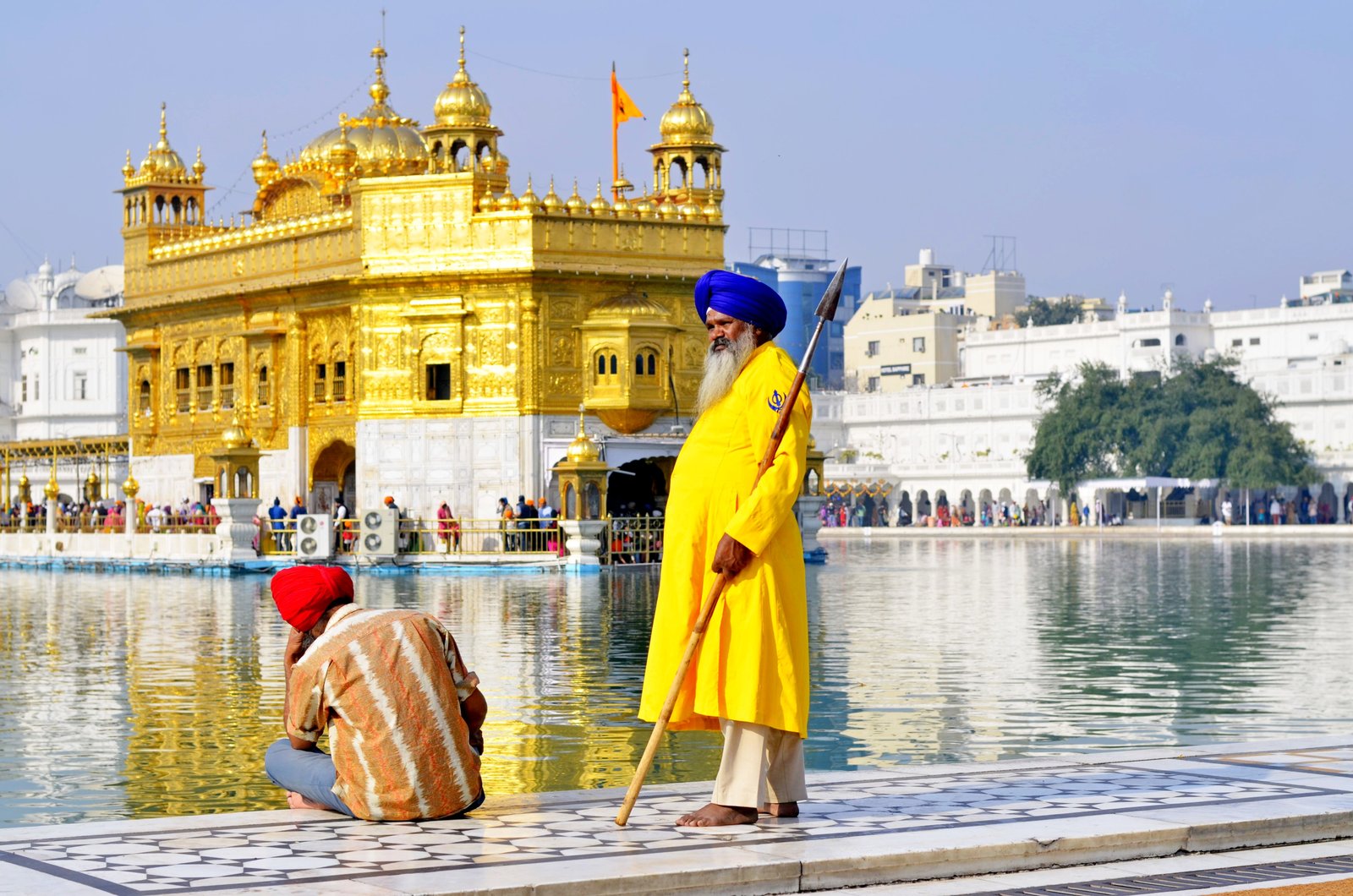Sacred Traditions of Sikhism: From Gurus to Modern Practices
Sikhism, founded in the 15th century by Guru Nanak Dev Ji, is a vibrant and inclusive religion that emphasizes the importance of spiritual growth, equality, and service to humanity. The sacred traditions of Sikhism have evolved over time, carrying the teachings of the Gurus through generations and adapting to the changing needs of the community. In this article, we will explore the rich tapestry of Sikh traditions, from the time of the Gurus to the modern practices that continue to shape the faith.
The Guru Granth Sahib: The Eternal Guru
At the heart of Sikhism lies the Guru Granth Sahib, the central religious scripture that serves as the eternal Guru. Composed by the Sikh Gurus and other saints, the Guru Granth Sahib is revered as the living embodiment of divine wisdom and guidance. It is written in Gurmukhi script and contains hymns, prayers, and teachings that provide spiritual nourishment to Sikhs around the world.
For Sikhs, the Guru Granth Sahib is not just a book; it is a living Guru. It is accorded the same respect and reverence as the human Gurus, and its presence in the Gurdwara (Sikh place of worship) is a testament to its significance in the Sikh tradition.
The Five Ks: Symbols of Sikh Identity
Sikhs are easily recognizable by their adherence to the Five Ks, which are considered sacred symbols of Sikh identity. These include:
- Kesh: Uncut hair, symbolizing acceptance of God’s will and natural form.
- Kanga: A wooden comb, representing cleanliness and discipline.
- Kara: A steel bracelet, symbolizing unity with God and the Sikh community.
- Kachera: Cotton undergarments, signifying modesty and self-discipline.
- Kirpan: A ceremonial sword, representing the duty to protect the oppressed and uphold justice.
Wearing the Five Ks is not only a personal commitment but also a visible expression of Sikh values and identity. It serves as a reminder to Sikhs of their spiritual obligations and their duty to stand up for justice and equality.
Gurdwara: The Sikh Place of Worship
The Gurdwara, meaning “doorway to the Guru,” is the central place of worship for Sikhs. It is a sacred space where the Guru Granth Sahib is kept and where Sikhs come together to engage in prayer, meditation, and community service.
Every Gurdwara is open to all, regardless of caste, creed, or gender. It is a symbol of equality and inclusivity, reflecting the core principles of Sikhism. Upon entering a Gurdwara, visitors cover their heads as a sign of respect and remove their shoes as a gesture of humility.
Langar, the communal kitchen, is an integral part of every Gurdwara. It serves free vegetarian meals to all visitors, regardless of their background. The practice of langar promotes equality, humility, and selfless service, embodying the spirit of Sikhism.
Vaisakhi: Celebrating the Birth of Khalsa
Vaisakhi, celebrated on April 14th, holds great significance in Sikhism. It marks the birth of the Khalsa, the collective body of initiated Sikhs, and commemorates the establishment of the Khalsa Panth (community) by Guru Gobind Singh Ji in 1699.
On Vaisakhi, Sikhs gather in Gurdwaras to participate in Nagar Kirtan (processions), listen to kirtan (devotional music), and engage in seva (selfless service). It is a time of joy, reflection, and reaffirmation of faith.
Naam Simran: Meditating on the Divine Name
Naam Simran, the practice of meditating on the divine name, is an essential part of Sikh spirituality. Through repetition of the sacred mantra “Waheguru,” Sikhs seek to connect with the divine and cultivate a sense of peace, love, and humility.
Naam Simran can be done individually or in congregation, and it serves as a means to attain spiritual enlightenment and transcend worldly attachments. It is a deeply personal practice that allows Sikhs to experience a profound connection with the divine.
Seva: Selfless Service
Seva, meaning selfless service, lies at the core of Sikhism. Sikhs believe in the importance of serving others and making a positive impact on the world. From volunteering in Gurdwaras to participating in community outreach programs, Sikhs actively engage in seva to uplift those in need.
Seva is not limited to religious settings; it extends to all aspects of life. Sikhs strive to embody the spirit of seva in their daily interactions, treating everyone with kindness, compassion, and respect.
Sikhism in the Modern World
Sikhism has evolved over time, adapting to the changing needs of the community while staying true to its core principles. In the modern world, Sikhs continue to uphold the traditions of their faith while embracing new technologies and platforms to spread awareness and foster unity.
Through social media, Sikh organizations and individuals are able to connect with a global audience, sharing the teachings of Sikhism and dispelling misconceptions. The internet has also provided a platform for Sikhs to raise awareness about social justice issues and advocate for equality and human rights.
Conclusion
The sacred traditions of Sikhism have been passed down through generations, carrying the teachings of the Gurus and shaping the faith of millions. From the Guru Granth Sahib to the practice of seva, Sikh traditions emphasize the importance of spiritual growth, equality, and service to humanity. As Sikhs continue to navigate the modern world, they remain rooted in their sacred traditions while embracing new opportunities to share their faith and make a positive impact on the world.



